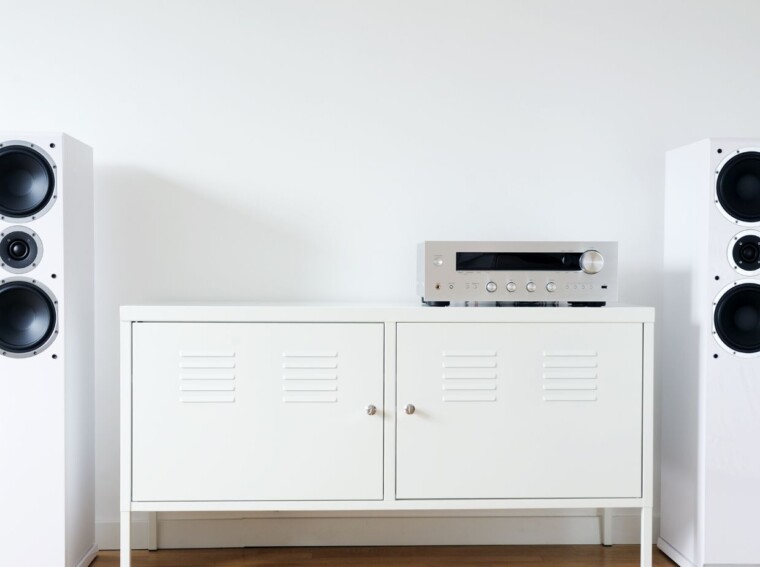Denon receivers are renowned for their superior audio quality and advanced features, providing users with an immersive entertainment experience. However, even the most reliable electronic devices may encounter occasional issues. When faced with problems, many users overlook the wealth of information contained in their Denon receiver user manuals. In this article, we will explore how Denon receivers manuals can be your ultimate resource for troubleshooting and resolving common issues, ensuring you get the most out of your audio system.
Understanding Your Denon Receiver
The first step in effectively troubleshooting any issue is to understand the ins and outs of your Denon receiver. Denon receiver manuals offer comprehensive information about your specific model, including its features, functions, and setup procedures. Familiarize yourself with the manual to gain a deeper understanding of how your receiver works. This knowledge will be invaluable when trying to diagnose and address any problems that may arise.
Identifying and Resolving Connectivity Issues
Connectivity problems are common with electronic devices, and Denon receivers are no exception. Whether it’s a connection to your TV, speakers, or other devices, the user manual will offer step-by-step instructions on how to set up and troubleshoot these connections.

Understanding the correct cable types, input/output configurations, and signal paths will enable you to resolve connectivity issues efficiently.
Troubleshooting Audio Problems
If you encounter audio-related issues such as distorted sound, no sound output, or imbalance between channels, the user manual can be a valuable resource. It will guide you through the receiver’s audio settings, including speaker configurations, audio modes, and EQ adjustments. By consulting the manual, you can identify the source of the audio problem and make the necessary adjustments to restore optimal audio performance.
Managing Remote Control and System Settings
The remote control is a vital component of your Denon receiver setup. If you encounter issues with the remote’s functionality or have difficulty navigating system settings, refer to the user manual for assistance. The manual will provide comprehensive details on setting up the remote control, programming it to operate other devices, and navigating through the receiver’s on-screen menus to adjust various settings.
Dealing with Firmware Updates
To ensure your Denon receiver operates at its best, it’s essential to keep its firmware up to date. Firmware updates often introduce bug fixes and performance improvements.

The user manual will guide you through the process of updating the firmware, either via USB or an internet connection, ensuring your receiver stays current and reliable.
Resetting and Restoring Factory Settings
In some instances, a factory reset may be necessary to resolve persistent issues or revert to default settings. The user manual will explain how to perform a factory reset or restore your receiver to its original settings. Before proceeding with a reset, be sure to back up any personalized settings to avoid losing your custom configurations.
Conclusion
Your Denon receiver user manual is a treasure trove of knowledge that empowers you to troubleshoot and resolve common issues effectively. By familiarizing yourself with the manual and understanding your receiver’s features, connectivity options, and audio settings, you’ll be better equipped to tackle any challenges that arise. From connectivity and audio problems to remote control and system settings, the user manual is your go-to resource for finding solutions and optimizing your Denon receiver’s performance.
Remember, Denon receivers’ manuals contain invaluable information on setup procedures, troubleshooting steps, and best practices for maintaining and optimizing your audio system. With the user manual as your guide, you can enhance your entertainment experience, resolve issues promptly, and continue enjoying the immersive audio quality that Denon receivers are renowned for.


